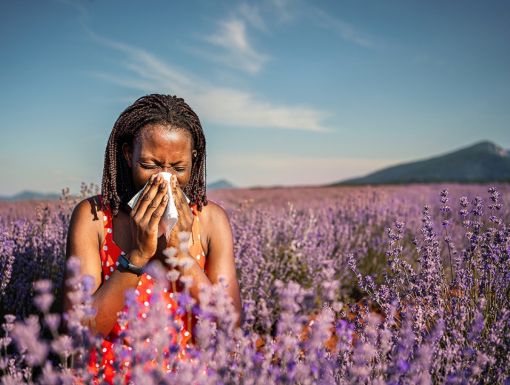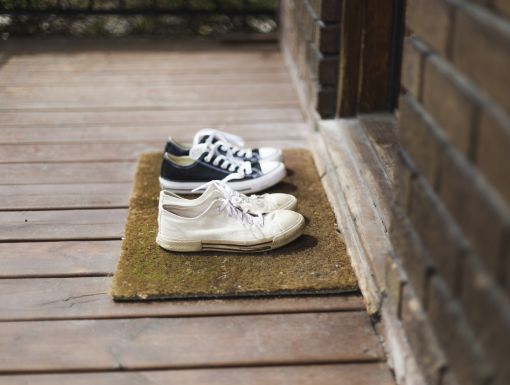
The 6 Top Mold Allergy Symptoms in Adults
What are the top mold allergy symptoms in adults? Many of us don’t realize it, but mold spores are everywhere. They’re invisible to the naked eye and they are constantly floating around in the air we breathe.
Molds, which are a type of fungus, produce microscopic spores that usually aren’t harmful or dangerous. But you can have a reaction if you’re allergic to mold and you sniff enough of the spores.
Mold spores have also been linked to allergic rhinitis and asthma. While many allergies are seasonal, mold allergies are not because mold grows year around both indoors and outside.
How prevalent is mold?
According to the American College of Allergy, Asthma and Immunology, there are roughly 1,000 species of mold in the United States, many of which are invisible to us.
Outdoor molds thrive on rotting logs and fallen leaves, in compost piles, and on grasses and grains. In springtime, they grow on plants killed by the cold. Even the slightest breeze can push spores from the leafy park around the corner to your place of residence and ultimately into your nose.
Molds can also originate indoors. Fungi grow in damp areas like the bathroom, kitchen or attic. It can grow on walls, clothes and various household items.
Bottom line: Molds live everywhere.
Do I have a mold allergy?
It’s a good question that can be hard to answer.
Common mold allergy symptoms mimic those that result from a cold, sinus infection or other respiratory allergy. They include:
- Itching in the nose, eyes, and/or throat
- Sneezing
- Stuffy or runny nose
- Cough
- Mucus (phlegm) in the throat (postnasal drip)
- Asthma symptoms if you have allergic asthma – cough, wheeze, shortness of breath and/or chest tightness
You may get an indication as to whether mold is an issue for you by avoiding potential sources of indoor mold and limiting outdoor activities when mold counts are high. If symptoms ease by taking such steps, it may be indicative of mold allergies.
The best way to determine with certainty that you have a mold allergy is to see an allergist. The doctor will likely look at your complete medical history and do a physical examination. If a mold allergy is suspected, an allergist will often do allergy skin tests or blood tests to help make a diagnosis.
While allergists can help determine if you have developed an allergy to mold, they don’t have a test that can tell you about your mold exposures.
Treatment
Avoiding mold exposure as much as possible is the first step to treating mold allergies. Medications can help in the fight. Antihistamines and nasal corticosteroid sprays can be effective and are available over the counter.
Nasal irrigation, which involves using a saline kit to rinse your nose with salt water can also be helpful. This practice flushes irritants from your breathing passages and relieves symptoms.
If the problem persists, your doctor may recommend allergy shots.
Fighting mold
Mold loves south Louisiana. The state’s infamous humidity can supply the nourishing moisture for mold growth. There’s not much you can do to control the amount of moisture in the air, at least not outside.
Indoors, you should try to keep relative humidity below 60% -- ideally between 30% and 50%, if possible, the EPA says. You can use a dehumidifier throughout your home to help.
The Centers for Disease Control also recommends the following steps to control indoor mold growth:
- Promptly fixing leaky roofs, windows and pipes
- Thoroughly cleaning and drying wet areas after flooding
- Ventilating shower, laundry and cooking areas
Learn more about allergist Alegra Grieb, MD



